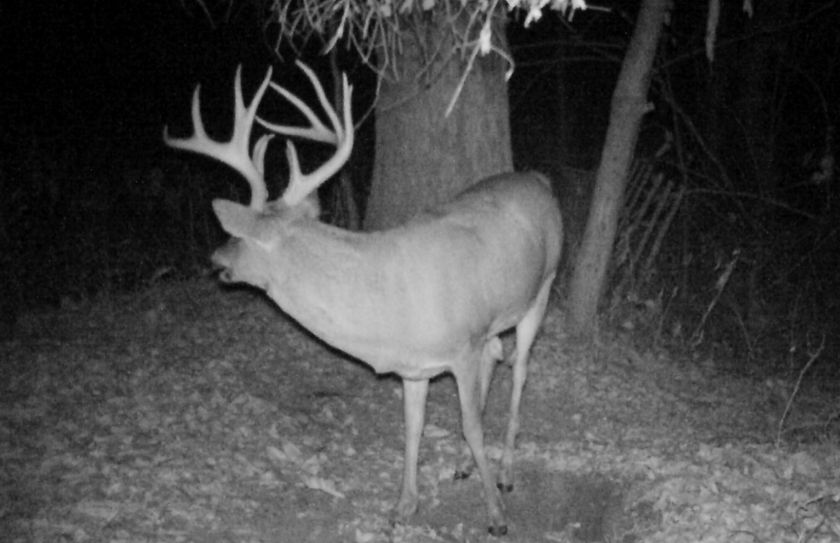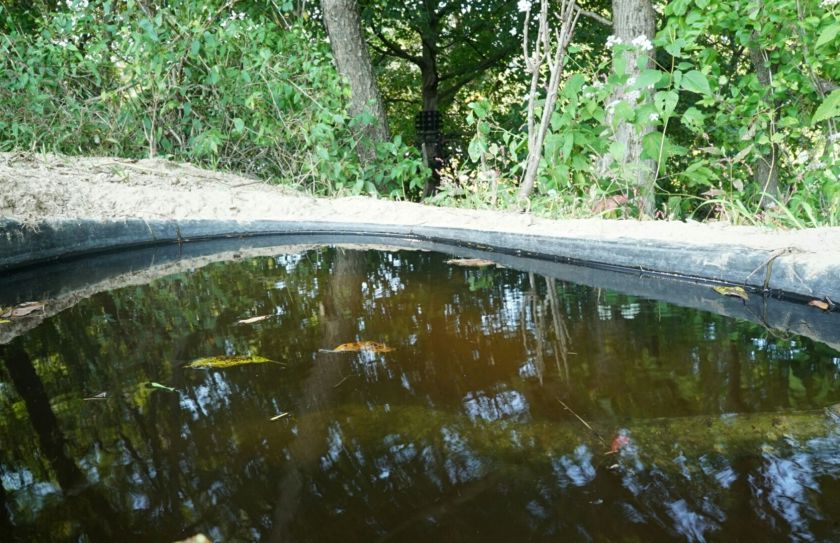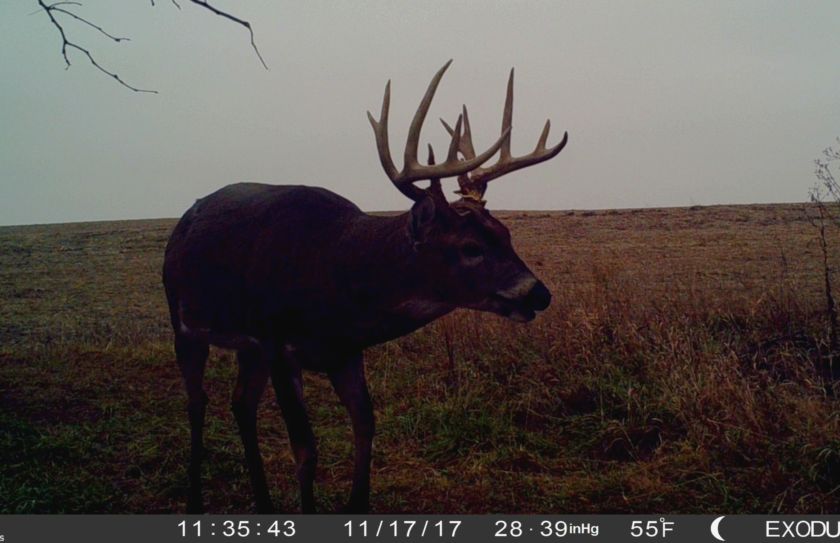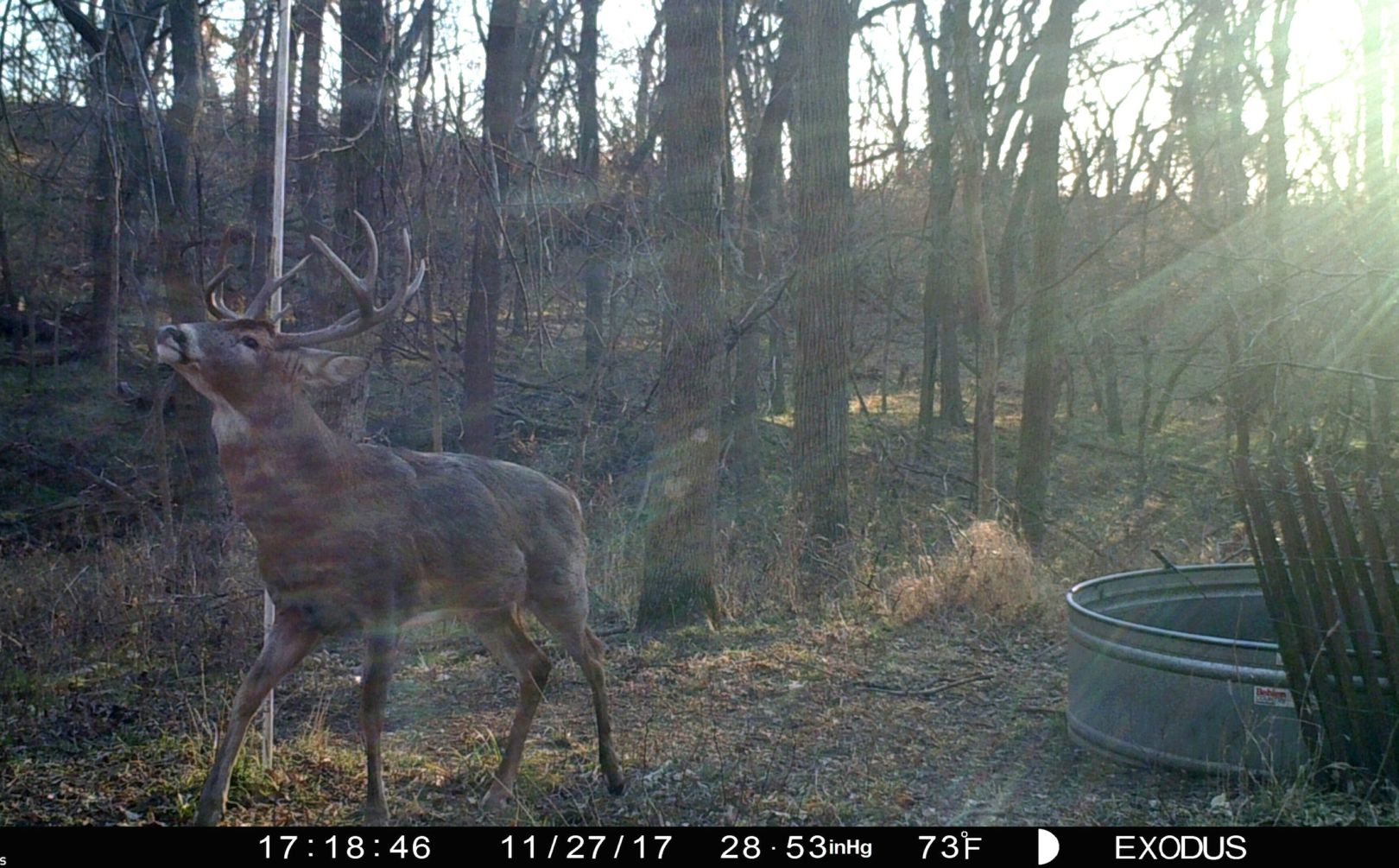
The #1 way to fool a whitetail's nose, revolves around your ability to mimic the skills of Earth's greatest ambush predators. Your ability to control your scent while deer hunting doesn't necessarily include your favorite spray, dust or scent contraption instead, your journey begins months before you ever climb your treestand.
Other than a few regimented scent control steps for fooling an old monarch's nose every time that I hunt including clean clothes, scent free clothes containers, dressing outside of the truck, spraying down with a scent elimination spray and quick stepping into the stand, there is one way to control your scent that is far more important than any other.
*Even though a predatory cat has a smell that can spook any whitetail from a great distance, a cat can strike without a whitetail ever being able to See, Hear or Smell them.
The Basics of Scent Control For Deer
"Back in the day", scent free trash bags were my #1 choice for keeping my clean clothes from being exposed to the dirty air of my truck, shed, garage or basement. In 1995 I remember receiving a rubber made container for opening a checking account at a bank and my trash bag days were over. Now, nearly 100 filled tags and decades later, not only am I still using rubber made containers to keep my Hunting Clothes and gear scent free, but my base process of scent control hasn't changed either. Why not? Because it works, it works extremely well, and here it is:
- Clean Hunting Clothes-In the late 80s baking soda was the detergent of choice and now there are several reputable hunting clothes soaps to make sure that your clothes stay fresh all season long.
- Clean Scent Free Container-Rubber totes or some of the scent-free hunting company bag products, offer some great choices to keep clean clothes clean.
- Dressing Outside The Truck-Although I've had some very cold early mornings or evenings, stripping down and dressing outside of the truck is the best option I have found for keeping from the scent from my truck where it belongs: In the truck!
- Scent Elimination Spray-I am not sponsored by the makers of Scent Killer Gold in any way, but I have been impressed by its ability to appear to cut down my scent enough on my legs and boots, to fool mature whitetail's nose. If nothing else, it certainly hasn't hurt, and it is one more way to reduce my presence in the woods.
- Grass And Growth Control-Hardwood regen, briars, grasses and weeds all have the ability to hold scent. When combined into 1000s of tiny stems of a variety of growth, they act as one giant sponge to collect and hold your scent for hours.
- Tucked In Pants-When possible, I try to tuck my pants inside my boots. When pants surround your boots all the way to the ground, they shoot out ground covering molecules of scent every time you step. By keeping your pants tucked in the scent shoots up and not down.
- Quick Stepping Into A Treestand-The last thing that I want to do is to stand at the bottom of my tree, and change into dryer clothes. Outside of the time it actually takes to do so and the potential of spooking nearby deer with ground-level movements, the longer you linger the more scent you leave. Instead, I prefer to step quickly to the tree, grab the highest step I can, and then climb, while leaving very little if any scent behind.
While all of the basics of scent control combine to make sure that you leave as little scent as possible on the way into or out of your stand, you still need to worry about the #1 aspect of scent control: Keeping a deer from scenting you while you are on your stand!
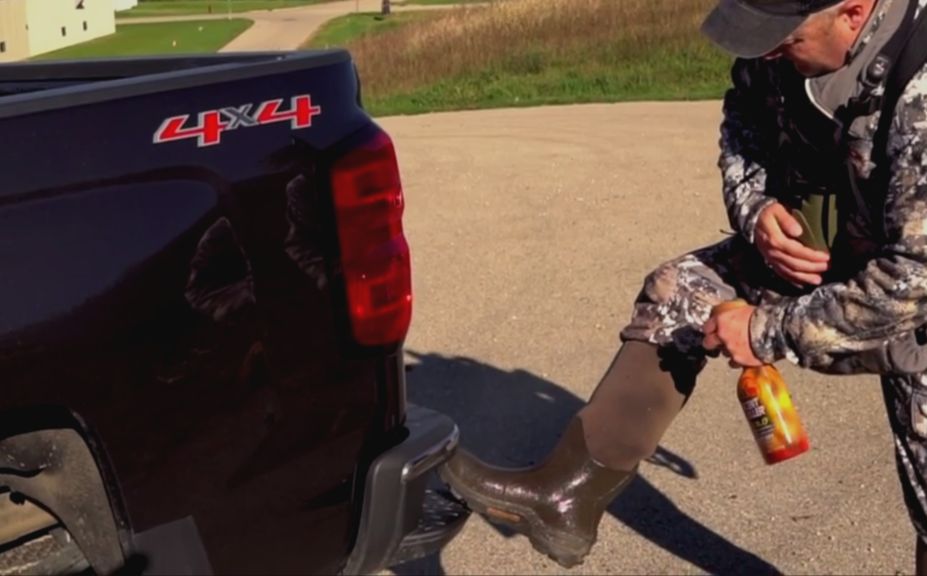
*While the scent control basics will significantly reduce the risk of leaving any scent left behind while you enter or exit your treestands, it is the location of your treestand that insures that a wise old mature whitetail will rarely if every, smell you.
#1 Way To Fool A Whitetails Nose
Where you hang your stand in relation to the given wind direction and time of day, is the #1 way to make sure that an old buck rarely has a chance to know that you are about to ambush him! The process of scent elimination for deer, begins well before the season begins by choosing your stand locations wisely. If you own private land, using mock scrapes, waterholes, food plots, travel corridors and defined bedding areas are all habitat tools that you can use to defined deer movement to such a degree, that rarely deter from the script. By using the natural factors of timber cut lines, habitat variety, benches, saddles and other terrain features, you can even heavily define deer usage on public land, let along when you combine the various natural factors with the ability to create improvements on private land. Thermals in hill country even more so, allow you to cheat the wind and make sure that a deer rarely if every, has a chance to scent you. Although a feline can't improve the habitat, there are so many instinctual ways that a giant predator can use to avoid being picked off by a whitetail's nose! Have you tapped into any? Because when you plan ahead to not only reduce or eliminate your scent on the way in or out of your stand, but to make sure that your point of ambush allows you to hunt virtually scent-free, then your ability to fool a deer's ability to smell you, takes on the highest possible level that you can practice.
